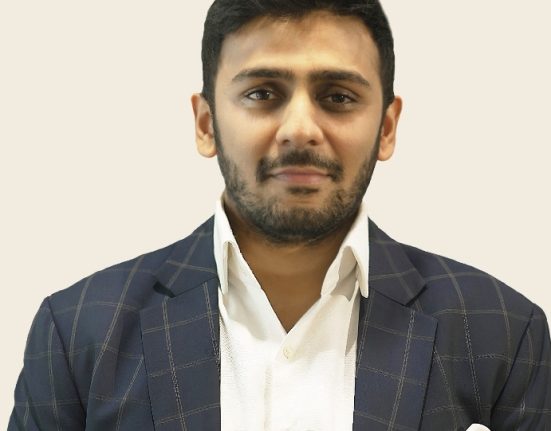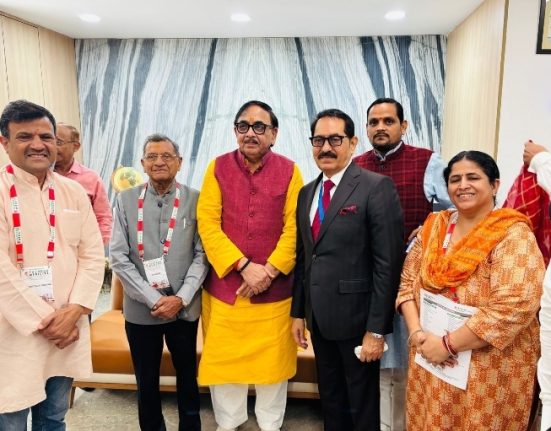
Mumbai’s skyline is in flux. It is a city in the midst of a visual makeover as its structural landscape is changing fast in appearance. The city’s new look and feel are reflected through redevelopment of real estate. It is most evident in the city’s premier suburbs like Bandra, Khar, and Santacruz that were once characterised by ageing, low-rise structures and constrained living spaces. These neighbourhoods are undergoing a dramatic transformation with redevelopment offering homebuyers and investors, a strategic recalibration of value, turning once-obsolete properties into generational assets.
Lifestyle Purchase to Generational Wealth
Indian homebuyers have for long believed that luxury real estate holds a connection to their lifestyle and status but is not merely restricted to an aesthetic or lifestyle upgrade. Many now see luxury living as a wealth preservation option. Redevelopment is central to this shift in how luxury homes are perceived. Ageing and often unsafe buildings in cities like Mumbai are being replaced by modern, high-end residences.
Developers are seeing potential in projects with homes that combine safety, comfort, and long-term appeal. These upgraded properties are designed keeping in mind that they also need to retain value across decades, offering families not just an elevated lifestyle but a legacy to pass on. The scarcity of prime land in Mumbai coupled with the exclusivity that comes with redeveloped projects amplifies the allure, transforming these homes in redeveloped buildings into sought-after generational assets.
Location, Exclusivity, and Value Appreciation
Location holds an important position in the luxury real estate space. Projects in the Bandra-Khar-Santacruz belt bring both connectivity and prestige. From providing low-density living, expansive spaces, and access to green enclaves, these localities are adding life to the redevelopment projects within their neighbourhoods. Although seen as desirable today, these areas are set to further appreciate over generations.
The premium amenities, wellness facilities, and smart infrastructure, which redeveloped homes come with, appeal to high-net-worth buyers seeking stability and portfolio diversification alongside lifestyle enhancement. Historical appreciation rates in Mumbai’s luxury segment range from 9% to 14% annually, with exceptional projects occasionally hitting 20%, underlining their investment potential.
Maximising Land Use, Minimising Compromise
The chronic land scarcity of Mumbai has pushed the case for redevelopment. It is now recognised as both a necessity and an opportunity. Developers are working on leveraging the scope that vertical expansion offers through increased Floor Space Index (FSI). Significant value from constrained land parcels in Mumbai is unlocked with redevelopment bringing in larger homes with a higher market appeal. This is an example of efficient densification which besides elevating individual living also contributes to meeting the needs of broader urban renewal.
Improved infrastructure, roads, and public utilities is a means of modernising of neighbourhoods. It is here that redevelopment can play an important role in integrating social responsibility, whereby subsidised or free housing is offered to eligible slum dwellers, contributing to inclusive growth, as being seen in various projects undertaken in Mumbai.
Homebuyer priorities too have reshaped, especially when it comes to housing real estate post pandemic. Wellness, technology integration, and proximity to amenities is what the modern buyer insists on. Redevelopment projects meet these needs, by combining modern design, concierge services, and lifestyle facilities with the security of long-term investment. As a result, these homes fulfil lifestyle aspirations while simultaneously creating wealth for future generations.
Redevelopment as Mumbai’s Urban Solution
While we talk of redevelopment as the real estate reboot everyone wants, there are a host of challenges that also need to be addressed. Government measures that include faster clearances, redevelopment incentives, and supportive FSI policies have given wings to this transformation. Today, redeveloped neighbourhoods enjoy enhanced social status, better connectivity, and improved living conditions, further emerging as valued luxury assets. Regulatory delays, legal complexities, and resident resistance require collaborative functioning between authorities, developers, and communities making certain that timely, safe, and high-quality redevelopment outcomes are achieved.
As Mumbai’s luxury real estate continues to evolve, redevelopment will be the bridge between its past and future. From modernising what exists to shaping a more resilient and aspirational urban identity, redevelopment is a shift that signals a move towards thoughtful creation of spaces designed for longevity, sustainability, and emotional connection. Redevelopment’s big victory is not going to be set in new skylines, but in how it redefines what it means to own a home that comes with a blend of heritage, comfort, and lasting value in Mumbai.







